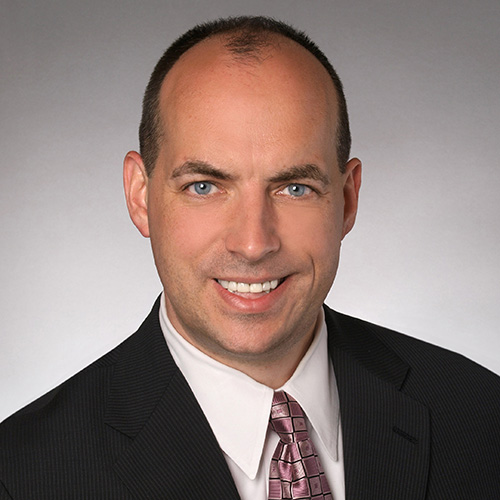
The Department of Justice is on pace to hand out a record $5.6 billion-plus in total fines and penalties under the False Claims Act this year, a clear indicator that the agency has removed the kid gloves as the pandemic has started to wane, legal experts said.
There are ways, however, that long-term care providers can take steps to stay out of DOJ crosshairs, they emphasized.
The DOJ is headed well above last year’s $5.4 billion in FCA fines and penalties and should eclipse the record of $5.6 billion set in 2014, according to Michael Volkov of The Volkov Law Group.
“The pandemic, the whole country’s in crisis, all healthcare workers are heroes … that’s all over in the government perspective,” Matt Murer, Healthcare, Public Policy and Government Investigations Department Chair for Polsinelli, told McKnight’s Long-Term Care News Nov. 18.

“The government went out of their way to accommodate healthcare providers under the public health emergency. You saw really scaled back enforcement in surveys, really scaled back enforcement as far as DOJ investigations, but that’s all over. Even though the public health emergency is still in place, providers have already felt in their annual complaint surveys that the state surveyors are taking a harder line.”
The best way to mitigate risk and protect one’s group against enforcement actions is to cultivate a “culture of compliance,” Alison Schurick with BakerDonelson told McKnight’s.
“Healthcare organizations should assess, and, where necessary, update, existing internal policies, procedures, and protocols, implement internal complaint and reporting processes, educate and train leaders and employees on policies, and ensure written agreements are in place,” Schurick said.
Murer said there are three main points of focus by the DOJ that providers should be mindful of: use of federal funds, joint ventures, and quality of care. He recommends specific steps for providers for each.
Federal funding audits
“Be very cognizant of how you spend your money and are documenting it,” said Murer. “For some of those programs there are very certain applications as far as reporting, as far as uses, and as far as accounting for it.”
The DOJ started by going after the low hanging fruit of those who blatantly misused CARES Act and Paycheck Protection Program money by buying property or fancy cars, Murer said. He added the department is now starting to chase people who didn’t account for the funds correctly, or didn’t use it for the prescribed purposes.
“People are getting audit request letters, what vendors were paid, what products were purchased,” he said. “If there is a DOJ investigation for false billing, they’re looking to add on a possible claim about CARES Act money or PPP funding.
“What we’re telling our clients is, if they haven’t knocked on your door yet, assume they will. Go back and make sure all your records are in order, all the accounting of those funds is square. Do you have funds that haven’t been spent? You may need to send it back.”
Joint ventures
With joint venture arrangements, the partnerships between hospitals and nursing homes or pharmacies and nursing homes, the danger is once those involved start to try to make money from the partnership, Murer said.
How do we continue to reduce hospitalizations and provide care for the patient in the lowest cost setting is the reason for JVs, said Murer, and the government wants to see more of them.
“But you have to be really careful that you’re not opening yourself up to a claim that you’re getting kickbacks through that entity,” he said.
Murer’s simple example is when a pharmacy wants to partner with a local nursing home chain and someone involved wonders how they can monetize the arrangement.
“Anytime someone starts talking about monetizing, that’s a big concern,” Murer said. “In most instances, it’s not allowed.”
Murer said only 40% of profits can come from internal referrals, and no more than 40% of a JV can be owned by a referring party.
“I caution our clients when there’s a vendor who wants to do a JV because of the profits generated you have to be extremely careful because you can really put yourself and your company at risk,” Murer said. “When you start talking about monetizing referrals, that’s when you need to pause and seek legal counsel.”
Quality of Care
Lastly, Murer said providers can avoid quality of care trouble by making sure their policies and practices around wound care, weight loss and falls are well attended. Failure can mean judgments and settlements of millions of dollars, he said.
“They’re really quantifiable, and not only are they quantifiable, but a jury really reacts negatively to those,” he said of poor care in those three areas. “It’s not a case you want to take.”
Murer said a good fall program isn’t characterized by the original policy and procedure. It’s the reactions after falls. Was there an analysis and were changes made?



